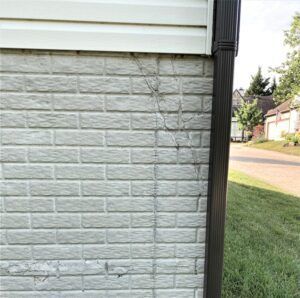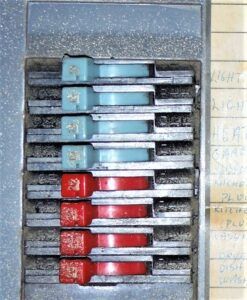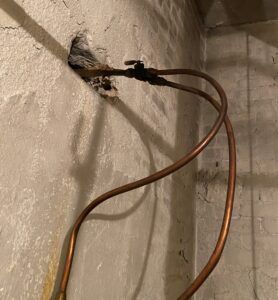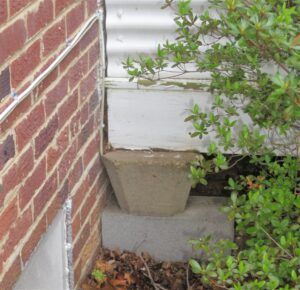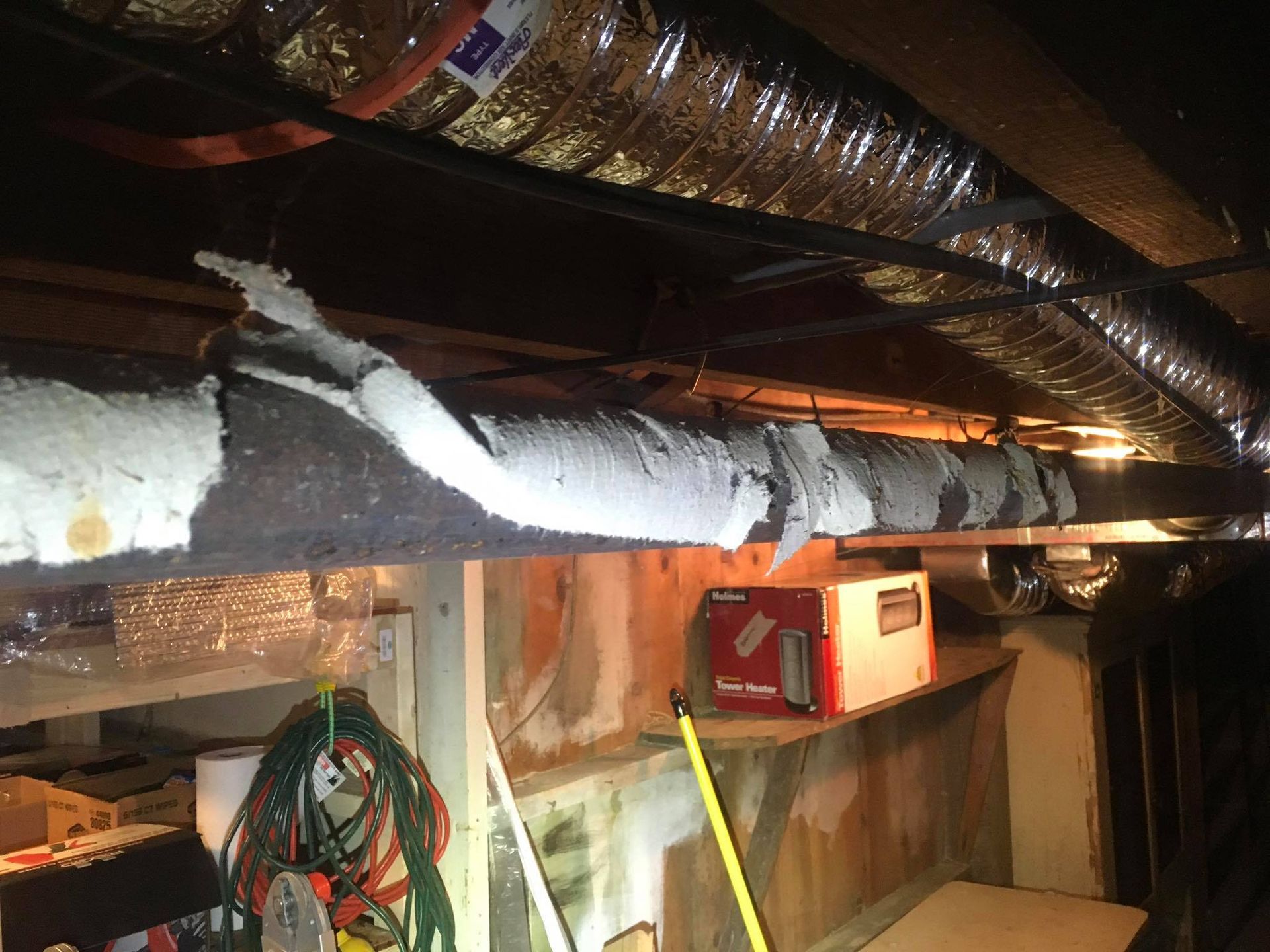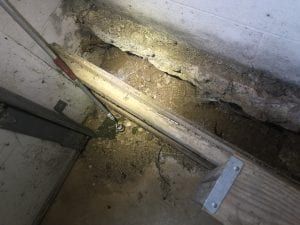Foundation cracks
House foundation with diagonal crack at corner
It’s not uncommon to have cracks in a foundation. Can you spot the signs of a serious crack? The home inspector can, and will recommend a structural engineer to determine the cause and specify the repair.
Foundation repairs can be as simple as sealing a shrinkage crack with a special epoxy. They could also mean tens of thousands of dollars in repairs to stabilize the affected area with carbon fiber strips, helical piers, hold-backs, or any number of other specialty repair products or materials. It may also involve altering the grade and landscaping around the house to correct the underlying cause of the cracking. Your home inspector will examine the foundation and report on its condition and any actionable items and what specialists should be performing the diagnostics and repairs.

